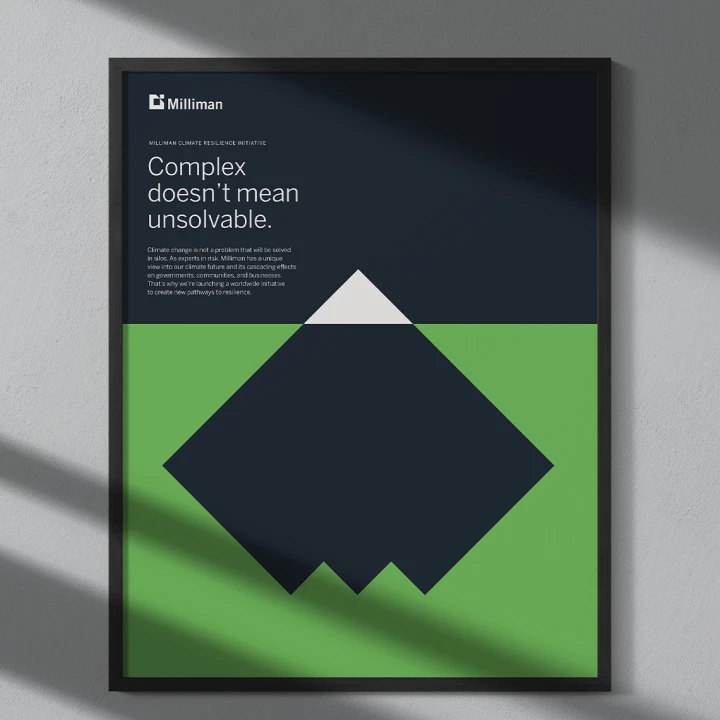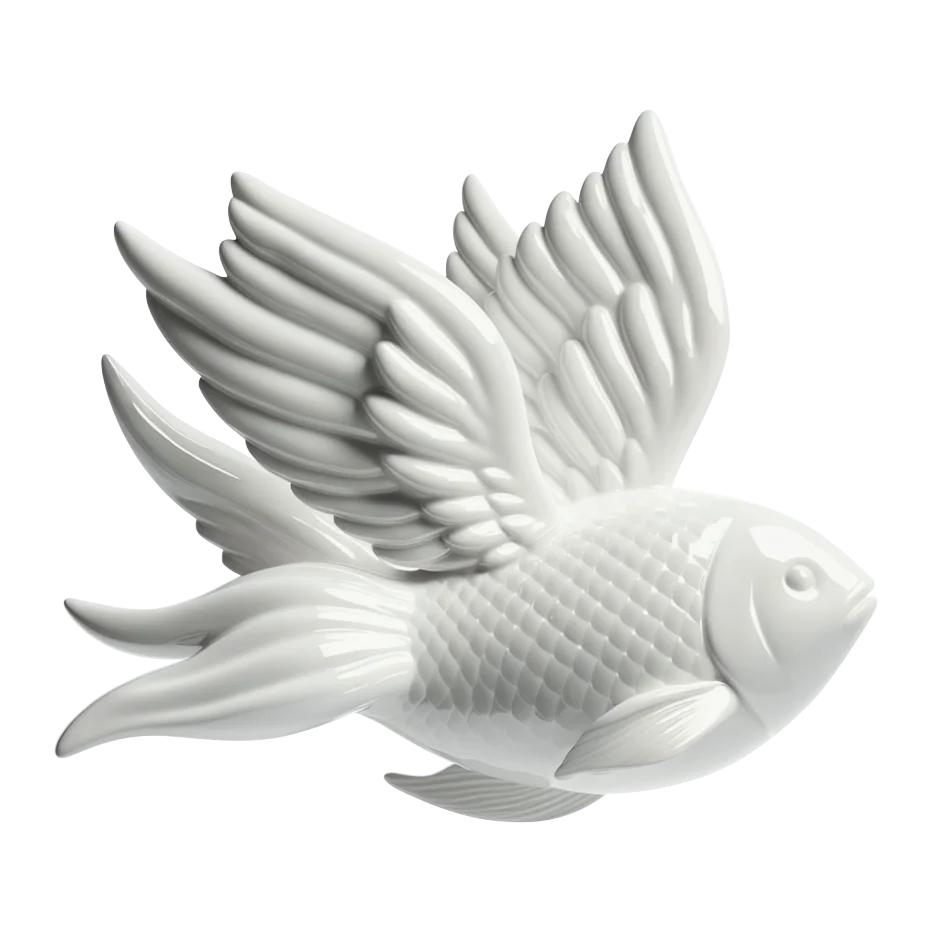“It does exactly what it says on the tin.”
Truly one of my favorite Britishisms. There’s a charm and simplicity not only in hearing that phrase but knowing that it's true. It’s comforting and although it should be table stakes, being exactly who you are is actually a bit novel these days. So why can't more brands be like that?
Sure, it’s most definitely not sexy to stick to your guns, stay the course and build your brand methodically, consistently and deliberately over time. That never got anyone hired and it never got anyone promoted, but it just might be the clearest path to enduring differentiation given what everyone else is doing.
Rewind five or 10 years. Virtually every company in the world no matter the industry—from CPG to banking to market research to pet toys—at one point came out and proclaimed, “we’re a technology company.” This led to eye rolls by everyone not directly involved yet, oddly enough, more brands followed suit with very little meaning and even less action. Fast forward to today. How many companies are saying they are now “an AI company” or “a leader in AI” or spouting some nonsense about how generative AI is core to their business, when it’s clearly not?
Finding the beauty
The trick here is making consistency—the least sexy branding thing ever—cool. Easier said than done. Looking outside our context, baseball has done it to some extent. If you’re a .350 hitter, you're at the top of the league and a perennial All-Star, maybe even an MVP. Simply being disciplined, patient and waiting for your shots is what gets you ahead.
However, as is always the case, people still dig the homerun. Or in the world of brand… things like innovation, AI, the metaverse or whatever is trending at that moment. Fleeting but momentarily exciting. Potentially meaningless in a losing effort, yet it still gets cheers.
So how do you find the beauty in consistency? Perhaps more importantly, how do you arrive at consistency in a way that makes your critical constituencies (e.g., customers, partners, employees) stand up and take notice?
#1 – Avoid the plague of the overpromise
On the surface this might seem pretty straightforward. You’re thinking, “OK, so we just shouldn't say things that we know we can't deliver? That seems easy enough.”
Unfortunately, there's a trap here. In the hunt for differentiation (particularly in crowded markets) brands sometimes try too hard to be something all their own and force themselves into a place that no one could possibly inhabit. It's like you're backed into a corner with no way out other than saying something you can’t deliver on.
I’ll give my favorite example. I once consulted with a US telecommunications company who decided that their core promise should be around simplicity. For anyone who’s ever been a customer of these companies—waiting for the technician to show up, dealing with customer service or frankly changing anything about your service—simplicity isn’t the first word that comes to mind.
The problem with simplicity is it’s an absolute. And the moment you violate this absolute—the first non-simple experience that someone has—it falls down. It's when your brand stops meaning something and starts meaning whatever people actually experience. It was impossible for this client to be consistently simple. It's just not how their business works. Unfortunately, despite our best efforts, we weren’t able to talk them out of it.
#2 – Avoid the valleys… and (some of) the peaks
If nothing else, consistency means not getting too high or too low at any one moment. This can be extremely hard (if not impossible) for brands that chase trends. Inevitably, they will end up chasing trends in areas where they lag and actually become the valley once that trend dissipates and they’re left behind. Very, very occasionally will they get ahead of a trend and see a peak—but again this peak will be fleeting because it’s tied to a trend and not something deliberate that the company has committed to over the long term.
Perhaps the ultimate example of this is Meta, who jumped on the metaverse bandwagon so wholeheartedly that you almost had to applaud their gusto. However, the foresight was not there. I've heard some crazy statistics about their ability to monetise the metaverse being in the hundreds of dollars globally. And that's about the level of impact it’s had on their brand as well.
Then you look at a company like Microsoft who is slowly and deliberately building a brand all about the empowerment of people through powerful tech tools of all shapes and sizes. Everything they do is aimed at creating this sense of empowerment. Giving people the chance to create, invent and build from their own imaginations. This steadfast commitment to a single idea over time has paid off hugely for them both from a brand and a business perspective. They’re the only company in big tech that has stayed in the top five in market cap over the last 15+ years. Avoiding the lowest lows, but also never getting so high that their fall back to Earth irreparably damages their brand.
#3 – Keep it super simple
More than anything—more than differentiation, more than excitement, more than inspiration—brands need to be easily understood. Without that, the rest simply doesn’t matter.
The most powerful brands in the world are not only a “quick get,” but ones where even people with no affiliation with the brand can advocate for it because the story is so clear and simple. Often, as hard as brands try to control their story and build communication ecosystems to articulate it, people on the outside will be the primary brand storytellers. So simplicity trumps basically everything else.
The key here is to align your brand with a simple idea that is flexible and adaptable to how your business might change, as well as something—and this is the hard part—that is truly timeless.
This is a really fun exercise—maybe my favorite thing to do with clients. Boiling your brand down to a simple, timeless concept that can be applied to many different contexts and flexed over time. Some of the best examples are:
Disney who owns the idea of magic. If you’ve ever visited a park or even thrown on a Disney movie you can’t tell me this doesn't come to life in the minds of not only children but adults too.
Or FedEx who owns the feeling of certainty. If you absolutely, positively need to make certain that something gets there on time you’d use FedEx, wouldn’t you?
But perhaps my favorite is Virgin. They stand for disruption in everything they do. Taking an industry that is broken and not only trying to fix it but doing things that break the rules in a playful way, while reaffirming the brand at every touchpoint. I remember my first time flying on Virgin, not knowing what to expect, and walking into a cabin with a club-like vibe and an actual bar accessible to all passengers. This is air travel? Awesome.
Bringing it together?
So how does this all come together in one cohesive whole? The truth is it doesn’t, exactly. Finding the beauty in consistency is something every brand must embark upon on their own. It’s very likely not all three of the above coming together in equal measure, but weighted towards one or two, paving the path towards consistent, meaningful difference that’s sustainable over time.
Which is sexy, I suppose, when said like that. Perhaps not as much as the trend of the moment but I'd be more willing to take enduring, powerful consistency than a flash in the pan that gets me little today and even less tomorrow.





